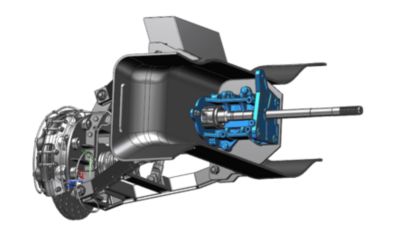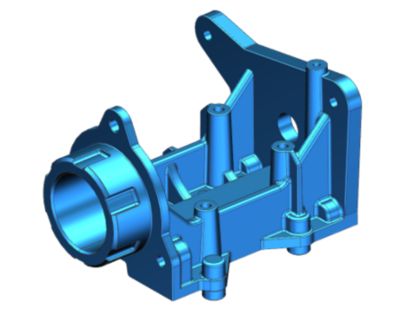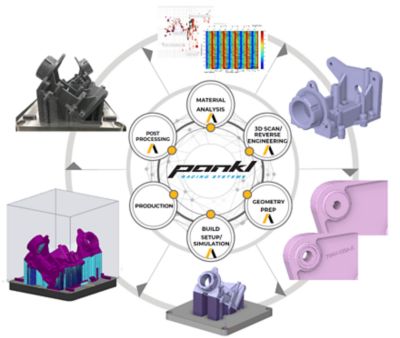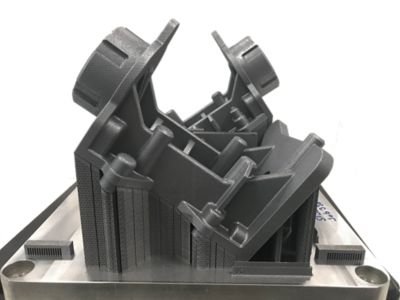-
-
Accédez au logiciel étudiant gratuit
Ansys donne les moyens à la prochaine génération d'ingénieurs
Les étudiants ont accès gratuitement à un logiciel de simulation de classe mondiale.
-
Connectez-vous avec Ansys maintenant !
Concevez votre avenir
Connectez-vous à Ansys pour découvrir comment la simulation peut alimenter votre prochaine percée.
Pays et régions
Espace client
Support
Communautés partenaires
Contacter le service commercial
Pour les États-Unis et le Canada
S'inscrire
Essais gratuits
Produits & Services
Apprendre
À propos d'Ansys
Back
Produits & Services
Back
Apprendre
Ansys donne les moyens à la prochaine génération d'ingénieurs
Les étudiants ont accès gratuitement à un logiciel de simulation de classe mondiale.
Back
À propos d'Ansys
Concevez votre avenir
Connectez-vous à Ansys pour découvrir comment la simulation peut alimenter votre prochaine percée.
Espace client
Support
Communautés partenaires
Contacter le service commercial
Pour les États-Unis et le Canada
S'inscrire
Essais gratuits
ANSYS BLOG
November 16, 2021
Additive Manufacturing Fuels Extreme Innovation at Pankl Racing
Remember when additive manufacturing, or 3D printing, was first introduced? It seemed like a great niche production method that was well suited to specialty applications like prototyping, but might never have widespread appeal or relevance. Pankl Racing Systems AG, which has a strong focus on additive manufacturing, is proving that early misconception wrong.
Cleon Regensburger, a development engineer, is working with his colleagues at the Pankl Additive Manufacturing Technologies business unit in Kapfenberg, Austria, to apply additive manufacturing, or AM, to produce large, complex product systems ― including engine and drivetrain components ― for the world’s leading motorsports teams and high-performance automotive applications.
3D Printing: From Vision to Reality
According to Regensburger, selective laser melting (SLM) is key to unlocking the potential of 3D printing for automotive applications. In this process, also called powder bed fusion, a high-powered laser is used to melt metal powders and fuse them together.
“Selective laser melting has enabled automotive engineers to use a large number of metal materials and process them for high surface and geometric tolerance quality,” Regensburger explains. “This opens the door for leveraging additive manufacturing to print functional parts that can be used for structural purposes, even in demanding environments. It has really enabled a shift from applying AM as a prototyping tool to actually using it to produce robust end-use parts for demanding applications like race engines.”
Pankl has partnered with Ansys to re-imagine the design and production of conventional automotive parts, like bearing brackets, that were never intended for AM. By using novel design approaches and optimizing its product designs for AM, Pankl can boost part performance and drive innovation more quickly and cost-effectively. By doing so, Pankl achieves a competitive edge.
“AM enables a number of benefits, like less production lead time, greater part functionality, and design freedom. It drives greater innovation,” Regensburger points out. “And, if there’s one sector that’s interested in the fast development of innovative components, it’s the automotive racing sector. As a renowned supplier of high-performance parts for drivetrain and engine systems, as well as aerospace components, Pankl is a natural fit for exploring additive manufacturing. Our focus is on delivering high-performance products to our customers via innovation, and AM supports that goal.”
The Added Value of Engineering Simulation
To demonstrate its commitment to 3D printing, the company established the Pankl Additive Manufacturing Technologies Business Unit in 2018 at its headquarters in Kapfenberg, Austria. Engineers at the Center, including Regensburger, are dedicated to not only developing and producing AM parts for highly demanding applications, but also to improving nearly all aspects of the process chain in AM via a holistic approach, as they interact more strongly with each other than in conventional manufacturing methods . Their goal is to optimize the mechanical properties, costs, consistency, repeatability, and quality of SLM-based additive manufacturing, so it can be more widely deployed.
Pankl’s partnership with Ansys helps the company overcome the challenges of designing for AM, such as producing complex geometries — often with openings, cavities, or bionic shapes ― while still achieving the robust structural and thermal strength needed to withstand the harsh environment of automotive racing. Ansys also supports extreme design freedom and innovation, by allowing Pankl engineers to explore a range of materials, geometries, and support strategies without investing in expensive test print runs and physical prototypes.
One enormous consideration in 3D printing is the need for support structures that anchor the part during the printing process. “Because SLM is essentially a welding process, thermal effects are taking place during printing,” Regensburger points out. “Thermal stresses and warping are big issues, and we manage them, in general, by designing support structures that anchor the parts to the substrate plate and conduct heat away from the build part. Especially when parts are not designed for AM, as is typically the case for replacement parts, it can be difficult to print them without an overwhelming amount of support structures. Ansys is not only helping us design effective support structures, but also define strategies for decreasing our reliance on them.”
Throughout the complex process of material calibration, geometry definition and meshing, mechanical analysis, thermal analysis, building, printing, and post-processing, the Pankl team relies on Ansys to make strategic trade-offs quickly and confidently. “Simulation helps us greatly in preventing costly part failures and predicting process problems,” says Regensburger. “But it also helps us to improve our job setups, optimize the support structures, and increase the quality of the finished parts.”
While Pankl relies on Ansys Mechanical, it also leverages specialized solutions developed for 3D printing. “Ansys has a great tool for materials optimization, which is the Granta AM Selector. Once you know which general material you want to use, you can easily specify an exact powder formula by seeing if the material is available at a production facility or supplier. At Pankl, we utilize a large number of materials and material/heat treatment combinations, and Granta AM Selector helps us optimally match those options to the challenge at hand,” Regensburger notes.
“Another great feature of our Ansys portfolio is that it centralizes all our knowledge and information, so we can work quickly and effectively across disciplines,” he adds. “In nearly each step of the design and production processes, Ansys products are utilized to achieve the best possible results and meet the high standards of our customers.”
Pankl and Ansys: Advancing the Art of Additive Manufacturing
Together, Pankl and Ansys have advanced the toolkit and best practices used in additive manufacturing, making this formerly niche process ready for more mainstream applications. “Supported by Ansys, in the end we have a great build job and a great product,” says Regensburger. “Our company is known for leveraging innovative technology to deliver innovative products, so Ansys software is a perfect fit.”
The two companies’ long-term strategic collaboration is fueling innovation in both automotive technologies and additive manufacturing practices. “We entered into a partnership with Ansys to join forces and drive improvements on both sides. Ansys optimizes our products and, at the same time, our feedback and results have helped Ansys optimize its capabilities and processes for every company that’s exploring AM,” Regensburger concludes.



